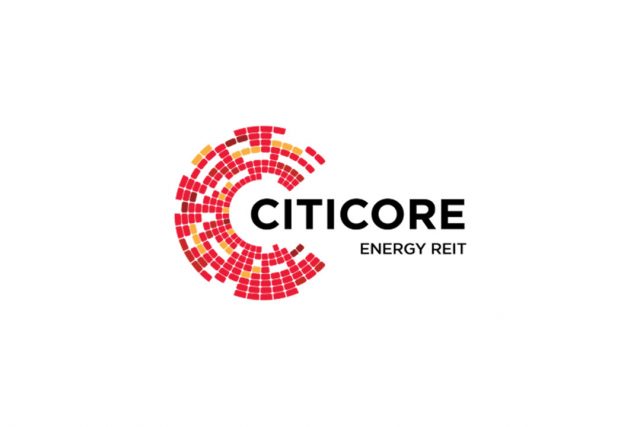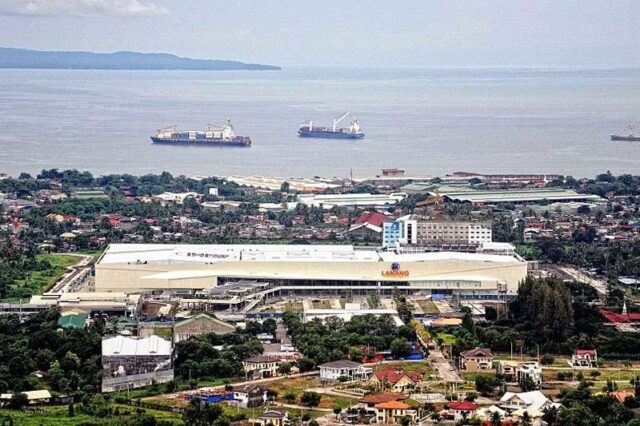UnionBank, Globe team up vs scammers
UNIONBANK of the Philippines, Inc. and Globe Telecom, Inc. have agreed to share personal information as they try to boost measures against scammers who prey on financial clients.
The disclosure of personal information, which include names, addresses and contact details, by a telecommunication entity such as Globe to a bank like UnionBank to aid fraud investigation is allowed by law, Globe Chief Privacy Officer Irish S. Almeida told an online news briefing on Thursday.
The National Privacy Commission told the Philippine central bank last year information sharing by financial institutions for fraud investigations does not violate the Data Privacy Act.
Ms. Almeida noted that before the Globe-UnionBank partnership, a subscriber must first ask a law enforcement agency or court to get information about a suspected scammer account, which could take months.
“That takes quite a while, and sometimes the subscribers just give up, and they don’t pursue it anymore,” she said. “With this, we’re going to be helping our subscribers really protect themselves from criminals.”
Under the deal, Globe and UnionBank will share details including the mobile number, name, address and location-based telecommunication activities of suspected scammers.
Ms. Almeida said Globe has blocked about a billion spam messages and deactivated more than 5,000 mobile numbers that were found to have been involved in fraud schemes.
She cited increased spam messages promising work to Filipinos who have lost their jobs amid a coronavirus pandemic.
The partnership would allow UnionBank to work with Globe in identifying fraudulent customers who hide behind prepaid mobile numbers. “We could warn our customers about these potential scammers,” UnionBank Chief Information Security Officer Jose Paulo G. Rufo told the forum.
The deal would also boost the lender’s ability to check usage patterns and locate scammers through their mobile activities. The information could be analyzed and forwarded to the police and National Bureau of Investigation so they could go after syndicates, he added.
UnionBank is seeking to partner with more telecommunication providers and other merchants, Data Privacy Officer Maria Francesca R. Montes said. The bank has a similar arrangement with the Credit Card Association of the Philippines, she said.
Discussions on the use of artificial intelligence to detect fraud are in the early stages, she said, adding that the government should step up its drive against financial cybercrimes.
Ms. Montes said the country needs special cybercrime courts “because we cannot fully enforce or implement this without proper collaboration and support from the judiciary.”
Mr. Rufo said UnionBank in December filed charges against people involved in a fraud incident. The lender was among financial institutions that received unauthorized fund transfers from accounts of some BDO Unibank, Inc. clients.
The Bankers Association of the Philippines earlier said unauthorized withdrawals had reached more than P1 billion amid rising cyber-fraud incidents during the pandemic.
The Bangko Sentral ng Pilipinas this week told banks to boost efforts to prevent phishing attacks that have led to losses for their clients amid the rise in digital transactions.
UnionBank’s net income rose by 9% from a year earlier to P12.6 billion last year as revenues improved and loan loss provisions fell.
UnionBank shares gained P4 or 4.57% to P91.50 apiece at the close of trading at the Philippine Stock Exchange, while Globe rose by P152 or 6.31% to close at P2,560 each. — Luz Wendy T. Noble












